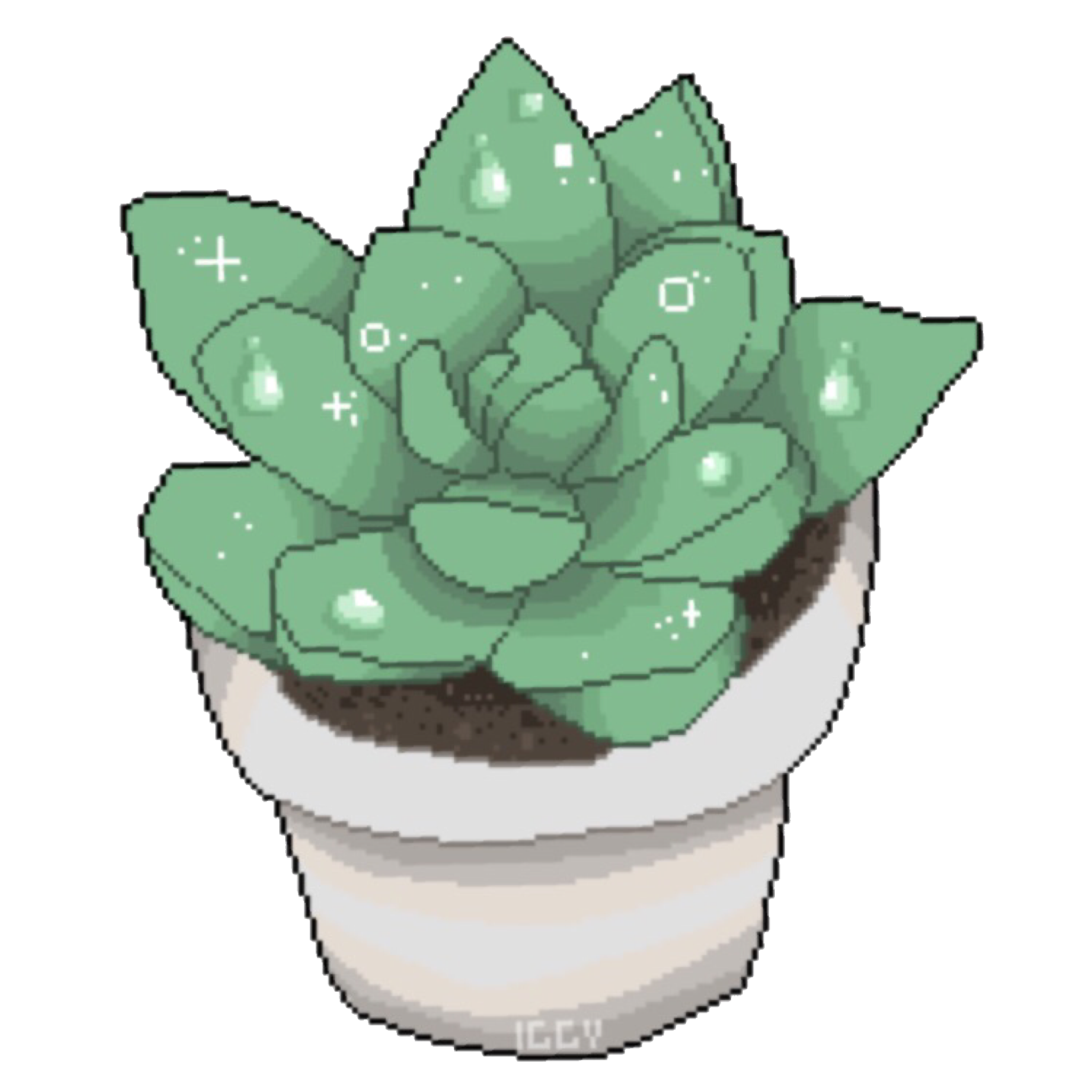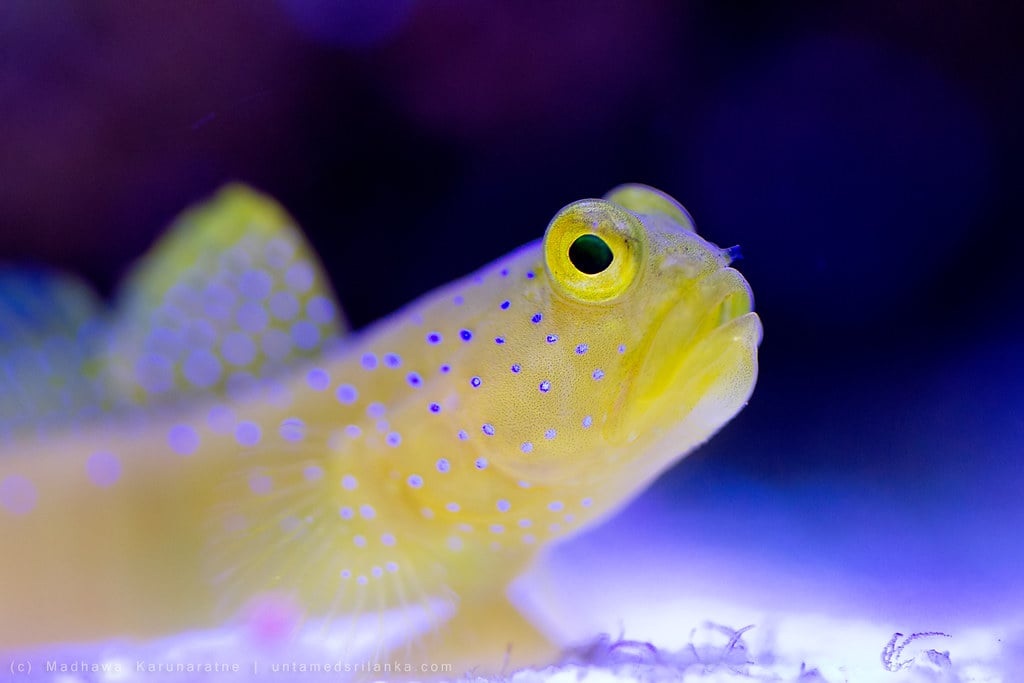

This is so cute and I, for one, welcome any pics and a time lapse gif sounds awesome!


This is so cute and I, for one, welcome any pics and a time lapse gif sounds awesome!


I’m finishing up a PhD in psychology and it is definitely not black and white as you present. Psychology is first and foremost an extremely broad category of specialties (ranging from more biological aspects such as neuropsych to more behavioral and social aspects). Based on your post, I assume something more in the clinical/behavioral realm is where you’re looking.
Again, very grey, even in a diagnosis as supposedly well understood as depression, we still have almost no understanding of etiology nor exact treatment for an individual. Depressive disorders as a group has a lot of diagnoses and subtypes that we can classify (and schools of thinking that believe this is important, ones that thing it doesn’t matter, and ones trying to push a more dimensional approach to thinking about it, among many others). Even with a single diagnosis of major depressive disorder we can have recurrent, single episode, severity specifiers, symptom modifiers, etc. and among those more “specific” diagnoses, individal symptom presentation may be completely different with minimal overlap. Due to this variability, we also don’t have a one diagnosis, one treatment look at things. In total, psychological treatments have about a ~60% efficacy (when I say this, I’m thinking mostly CBT/ADM, DeRubeis et al., 2005). There’s a lot of research looking into personalization of treatment and its mostly come out with no significant solutions.
I realize I went off on a complete tangent but I absolutely love this field and can talk all day. Overall, I think marketing and psychology as very similar fields. At their cores, its about understanding human behavior, just differences in how to apply that understanding.


Could be a case of avoidant/restrictive food intake disorder (ARFID)


How long have you had these neons and what are your current water parameters?
Neons tend to be mass bred/produced now and aren’t always the healthiest when they arrive in the pet stores. So if they’re new, they may just unfortunately be dying and then your other fish may eat the bodies before you find it.
Similarly, if water parameters aren’t great they could be dying from that and same end result.
I doubt your pleco is catching and eating any neons. If any of your fish are likely culprits, I’d think its the eels, esp since I believe they’re nocturnal hunters? But I’ve never kept eels myself and don’t have much knowledge regarding that.
Edit: I just went to see your other post and it appears the other “eel” is a bichir. If it is indeed a fish eating your neons, that’s the likeliest culprit
Its requiring the app to read the article


Ah ok, so the tank wasn’t cycled then. Cycling is essentially getting beneficial bacteria to start living in your tank and reducing the waste chemicals produced by aquatic life to a less harmful chemical (nitrogen cycle). Essentially the idea is you’d continuously introduce some sort of ammonia into the tank and monitor the water until it drops to 0.
This seems to be a good article to get started: https://www.freshwatersystems.com/blogs/blog/how-to-cycle-a-fish-tank
I’m sorry for the loss of your fish though. Aquariums can have a bit of a learning curve and we have all made mistakes. I hope this’ll be a sad but good learning experience and that you’ll continue to explore this hobby!


Would you be able to explain what you did to cycle the tank?
Usually one week isn’t long enough to fully cycle a tank, especially since it seems as if it went from 0 life to basically fully stocked overnight. I’m guessing if the tank was cycled, it was cycled for a much smaller load of fish/life and the larger introduction shocked the system and the ammonia is too high.
Looks like you have cyanobacteria, which is a photosynthetic bacteria (sorta like algae but not exactly since its not a plant). So much like others have stated, imbalance of nutrients, photoperiod, and water flow will help prevent it from continuing to be an issue.
Manual removal is going to be important, esp cleaning the substrate with a vacuum tube to get any excess organic matter out. If possible, add in extra flow through a water pump or increasing filtration. I’m not sure what your nutrient input is (whether you fertilize or potentially over feed) but that’s something to consider, usually the suggestion is whatever your tankmates will finish in like a minute or two and do a few feedings a day (unless you have just bottom feeders/shrimp then they wouldn’t finish food that quickly). And light wise, maybe reduce to 4 hours a day until it begins to clear up.
Bright side, because its cyanobacteria, it can also be taken care of with antibiotics like erythromycin, which should be safe for most tankmates, plants, and beneficial bacteria.